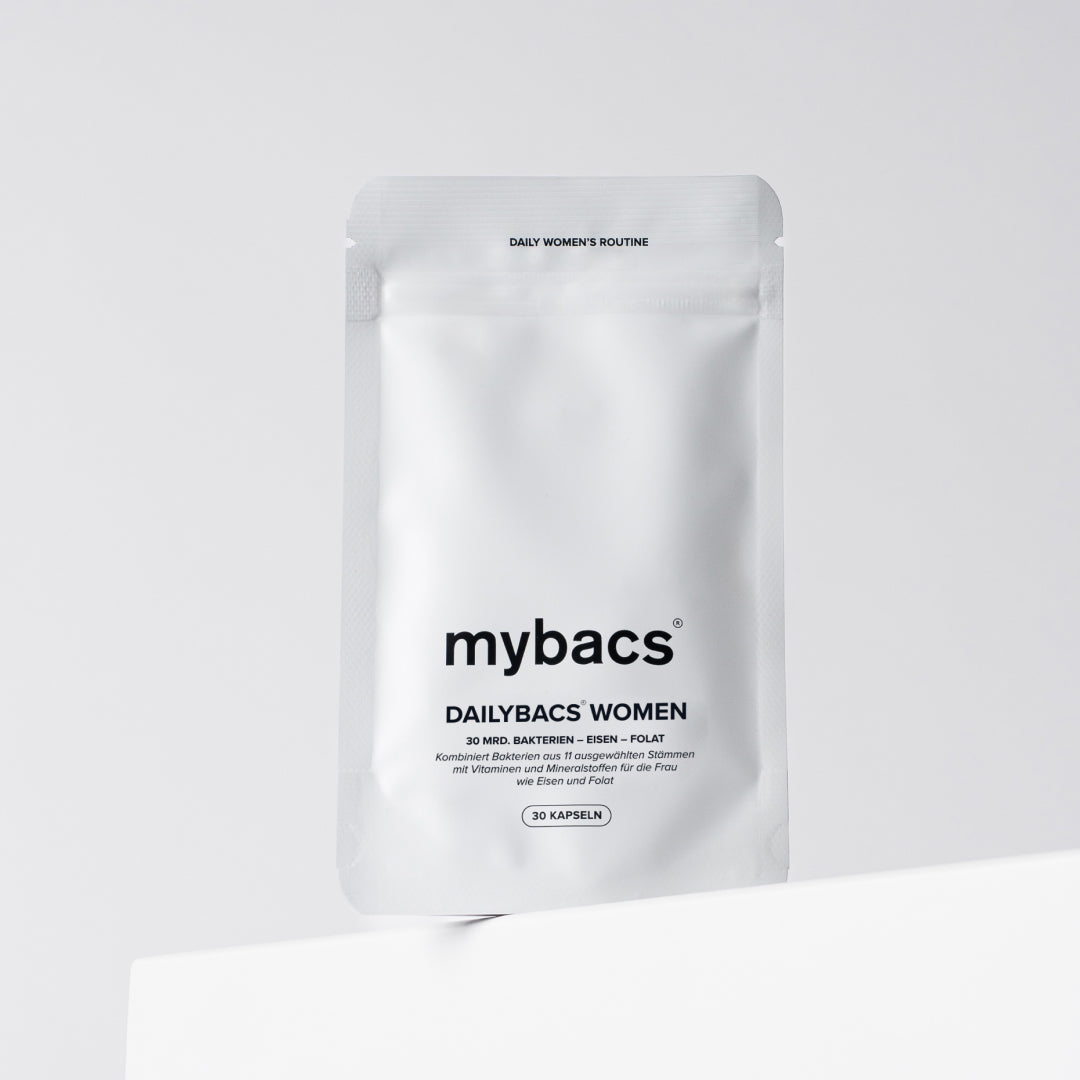The intestinal microbiome and the connection with fat distribution
The term "epidemic" should be familiar to everyone by 2020 at the latest. But it is not just viruses that pose a threat to us, but also our way of life. Obesity, diabetes, high blood lipid levels and high blood pressure, together referred to as "metabolic syndrome", are no longer isolated cases. Many scientific articles warn of the "epidemic of prosperity", because the effects are extremely harmful to the heart, blood vessels and other systems and can lead to a heart attack or stroke.
But what is the connection with the gut microbiome?
We will now explain this to you in more detail:
A very important conclusion was drawn from a study in which the intestinal microbiome of obese, i.e. overweight, organisms was transplanted into germ-free and healthy organisms. As a result, the previously normal-weight organisms also became overweight. A direct connection could therefore be established between the microbiome and obesity!
Now, the problem is not the few kilos on the hips, but the distribution of fat is the decisive factor. It is the abdominal fat in the abdominal cavity, the visceral fat, that is particularly dangerous. And this is where we come to the difference between men and women. The difference in fat distribution between the two sexes can be schematically represented using the simple geometries of an apple and a pear.
The apple describes the centrally located and spherical fat mass in men, the "android" fat distribution, while the pear depicts the curvy lines and fat distribution that is more located on the hips and bottom, which is predominantly the case in women and is called "gynoid" fat distribution. This does not exclude the fact that there are men with a pear shape or women with an apple-like shape, and intermediate forms are also possible, but the term assumes a tendency.
To get to the point again: there is a gynoid and an android fat distribution, which can occur in both sexes. Android fat distribution, with a focus on the abdominal area, is associated with a greater risk, as it is very metabolically active tissue with many messenger substances. Be careful, we are not talking about the small dumpling graveyard that a healthy person can also carry around, but about actual excess weight!
In a 2019 study, the fat distribution of men and women was measured in detail and the respective intestinal microbiome was analyzed using genetic analysis. The result clearly showed that the larger and more diverse the intestinal microbiome, the less android fat distribution prevails. So long live the diversity of the microbiome!
This is closely linked to sex hormones. In children before puberty, in whom the sex-specific hormones are not yet active in large quantities, there is, for example, no such separation in the microbiome composition. How exactly the sex hormones affect the intestinal bacteria is not yet known, but is of great interest to researchers because:
The finding that gut microbiome composition has an impact on fat distribution provides a great basis for future work on analysis methods for high-risk patients and treatment options for people with metabolic and cardiovascular risk potential.
Until then, it is up to us to stay fit and work on our microbiome diversity :)






